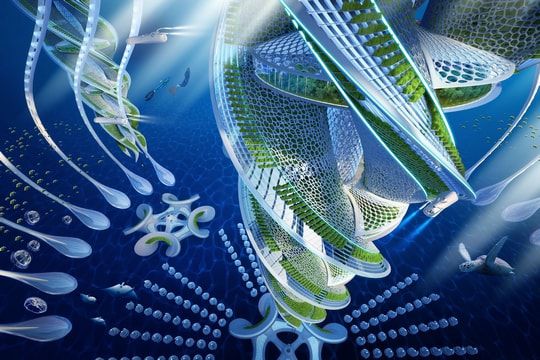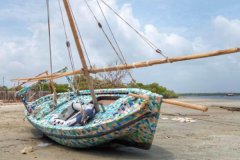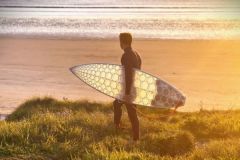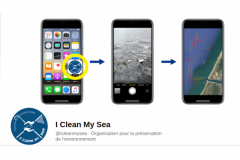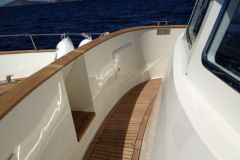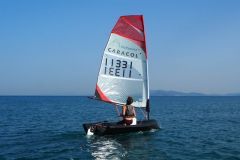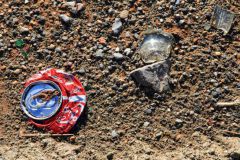The architect Vincent Callebaut is a young visionary architect who illustrates himself in "Archibiotics". This is a biomimetic architecture using advanced renewable energies associated with information and communication technologies (ICT). He presents the underwater farm Aequorea, an ocean scraper printed in 3D from the plastic waste of the 7 e continent.
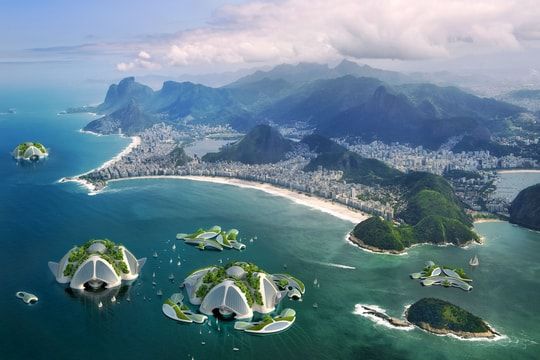
Aequorea is a 3D printed underwater village made from algoplast, a composite material made from a mixture of algae and waste from the 7th continent. These 27 million tons of plastic have been recovered, recycled, and then mixed with a gelling algae emulsion. This creates eco-friendly filaments, spooled and used by 3D architectural printers to reinvent shipbuilding.
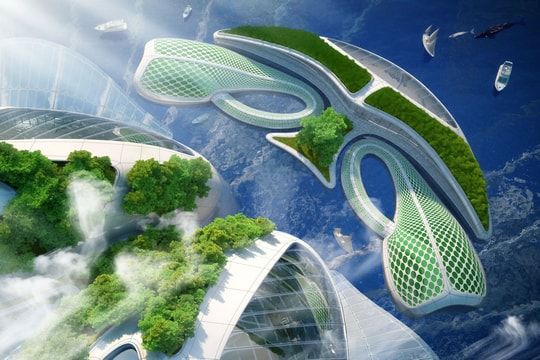
The Aequorea has the shape of a twisted tower of 1000 m depth, which is bioconstructed by natural calcification (like shellfish), by fixing the calcium carbonate contained in water to make their external skeleton. Its transparent facades are made of aragonite, which can fix an additional 2500 tons of CO2 annually on 1 Km2.
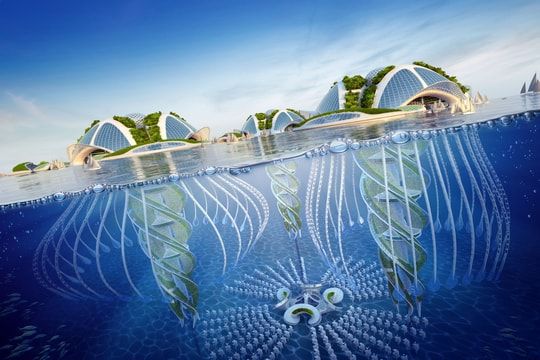
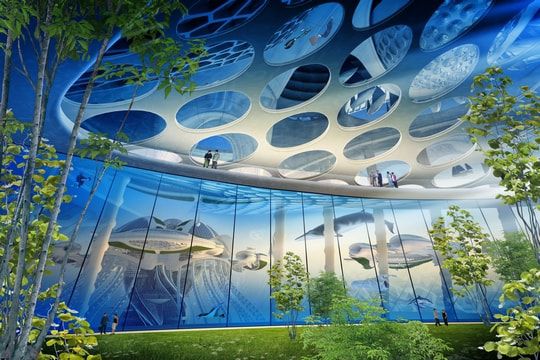
Each village hosts 20,000 aquanauts. Access is mainly above ground, through the four mangrove-covered marinas, which are rooted on a 500-meter diameter floating dome. Inside, spread over each stratum, are modular habitats, coworking platforms, fablabs, recycling centers, scientific laboratories, educational hotels, sports fields, aquaponic farms and phytoremediation lagoons.
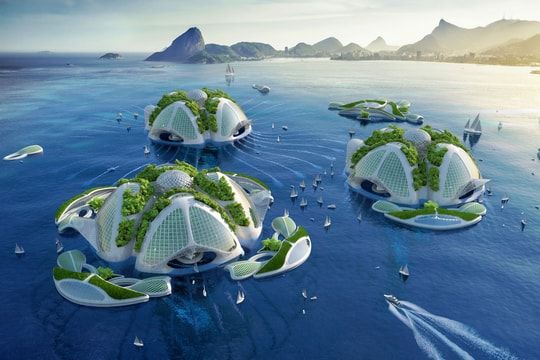
Its twist resists hydrostatic pressure and its geometry allows it to fight against marine eddies and thus neutralize seasickness. Its double hull accommodates ballast tanks, which once filled with sea water, lower the center of gravity of Aequorea in order to fight against Archimedes' thrust, in addition to ensuring its stabilization in case of storm or earthquake. Finally, its double hull is thicker and thicker from the surface to the bottom in order to compensate the efforts due to the increase of the pressure on it.
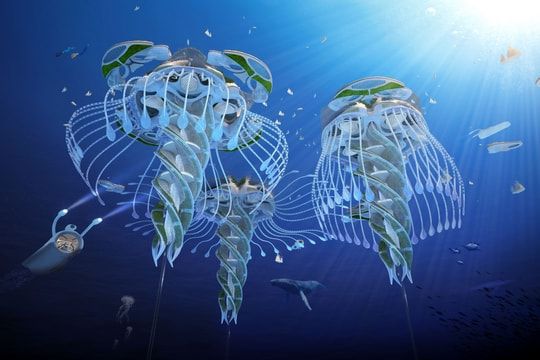
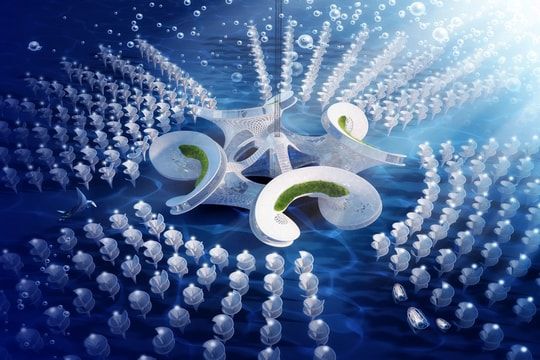
Drawing inspiration from nature for technology
But the floating city is also an opportunity to create new technologies to live with and under the sea. Like a gill mask, which captures water to extract oxygen molecules, a micro-beaded suit like a dolphin's skin, or carbon fiber monopalms inspired by the tail of a whale.
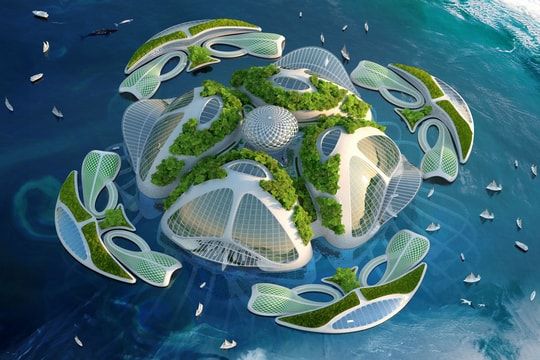
For light, the Merians (the name given to the inhabitants) use bioluminescence, in the double glazing of the apartments, thanks to symbiotic organisms containing luciferin that emit light by oxidizing. On the floor, fields of hydroliennes transform the marine currents into electrical energy. An oceanothermal power plant, located in the central part, completes the energy mix and uses the differential between hot and cold water to create electricity.
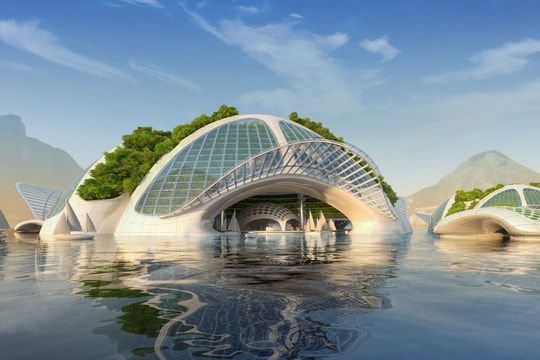
Fresh drinking water for aquaculture is created through a process that separates the salt from the water. The air is renewed naturally by convection through the wind stacks, or by the oxygen station by electrolysis of the sea water.
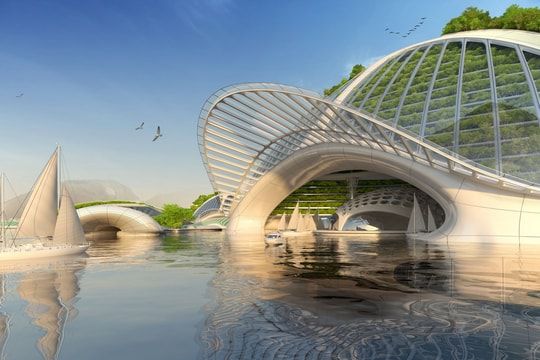
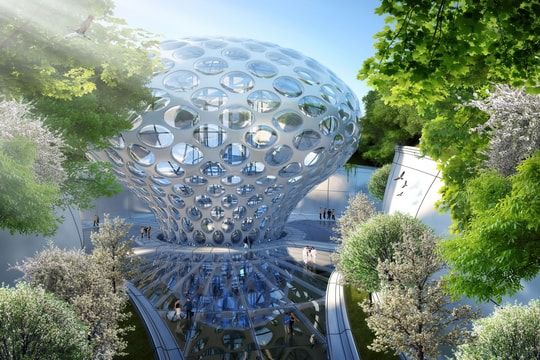
For heating, the Merians use microalgae cultivated in aquarium walls that absorb the carbon dioxide released by the inhabitants' breathing. These green algae bioreactors also recycle all organic waste, solid or liquid, and produce energy.
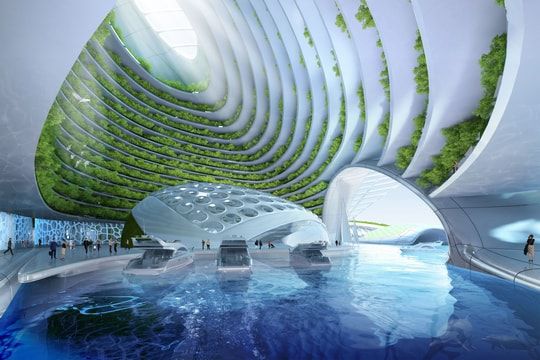
To move, the vehicles are submarines or boats that run on algae fuel or hydrocarbons produced at will without emitting greenhouse gases.
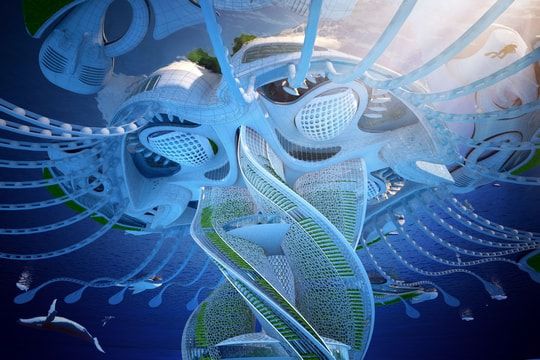
Using ocean resources intelligently to feed ourselves
Algae, plankton and mollusks constitute part of the food. On the balconies, there are coral reefs that shelter aquatic fauna and flora. But on the surface of the sea, the conchs shelter horticultural greenhouses, organic farming fields, orchards and community vegetable gardens. Finally, the "reasoned" fishing completes the food.
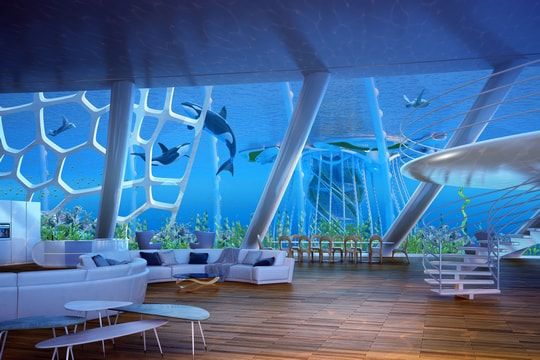
Taking inspiration from animals to heal yourself
The molecules of living organisms are studied for medical purposes. Thus, the proliferation of cancer cells has been deciphered thanks to the starfish, triple therapy (for AIDS) has been developed thanks to herring and pacemakers have been inspired by the heart function of humpback whales.
